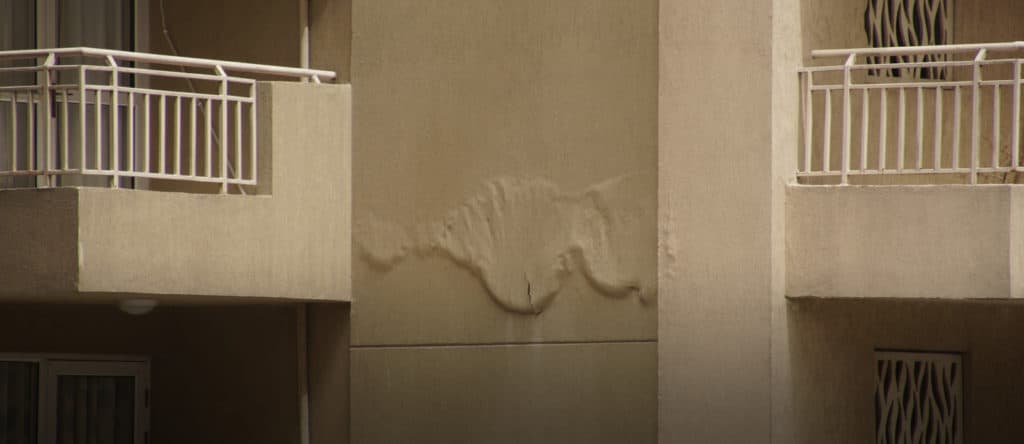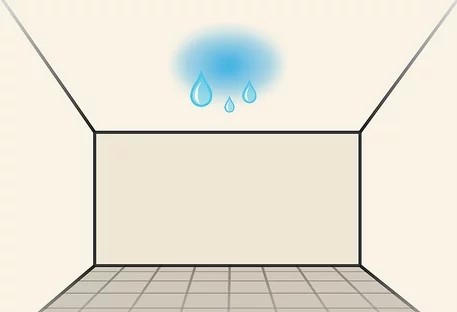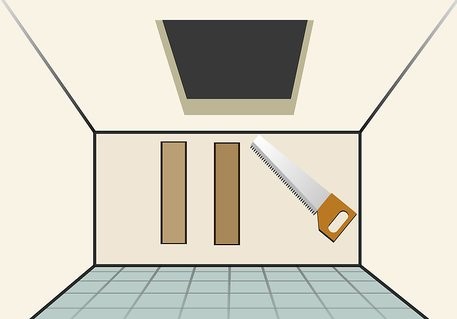Property Geek
We provide the actual and accurate information with unbiased user driven reviews to our viewers, to help them see the best and find the best!
View posts
Water seepage, one of the most common and also one of the most annoying problems to tackle not only causes damage to one’s wallet but also to the very structure of the house in the first place. Water seepage typically starts from the basement of the house and the damage only then spreads like wildfire through the walls to the rest of the house.
If you are facing a water seepage problem in the basement of your house or in the rest of the areas alike, here’s everything you need to know about water seepage, right from what it means to how you can reduce the damaging impact it in your house.
Water seepage is a term used to define the unsolicited flow of water from one area of the house to another through a porous and small hole. Water seepage is very common in areas that experience heavy rainfall because as the levels rise in the groundwater, the additional water creates hydrostatic pressure against the foundation, resulting in seepage.
Though seepage may sound like an obviously identifiable problem, in reality, many house owners do not even realize its prevalence and hence, there are some signs one must always look out for. Here’s how you can identify water seepage-

Apart from heavy rainfall which remains the primary cause of water seepage in the house, there are a couple of other secondary factors that contribute to water seepage as follows-
Water seepage does not only cause monetary damages to the house owners but also creates a generally uncomfortable and dangerous living space as a result of all the excess water and moisture in the house. Water seepage is recommended to be fixed as soon as it is identified to avoid the formation of mold and mildew in the house. Not only mold and mildew is dangerous to the health of the inhabitants but it is also an expensive affair to have it scaled at a later date.
Here are a couple of other effects of water seepage in one’s house-

Step 1 to fixing water seepage is to pay attention to it immediately. Not only will you add to your water bills owing to a seepage but will also directly cause a setback to the environment. While some small seepages may be fixable on your own, it is typically advised to hire a professional plumber for this job. Not only will they do it better because it is their job in the first place, but they will also be well versed with rookie mistakes that you are more likely to commit. Professionals also use the latest methods and technologies to offer permanent solutions.
While fixing seepage is one thing, taking a step back to figure out how to avoid seepage can help one save. a lot of money by never having to get to the ‘fixing’ stage. The first step, by all means, is preventing leaks is stopping water in its tracks.
Here are some tips that can help You avoid future seepage in the house-
We have understood that leakage and seepage is a common occurrence in urban houses, we have understood its detrimental effects, how to fix seepage and how to even prevent future seepage but do we understand why seepage even takes place?
Apart from heavy rainfall which remains the primary cause of water seepage in the house, there are a couple of other secondary factors that contribute to water seepage as follows-
Multiple elements of urban houses are made of concrete and it must be understood that concrete, by its very nature, expands and contracts as per changing weather, the expansion and contraction only further aggravated due to factors like air pollution, acid rains, poor construction quality, improper waterproofing, inefficient design, etc. This constant expansion and contraction causes cracks in the structures, hence causing water to pass through (water seepage) and also damage the TMT bars.
You can use a PU foam spray to stop seepage from damp walls on your own. You will need to visit the nearest hardware store and buy a gap-filling isolation joint expanding foam spray sealant. When purchasing the sealant, look for a sealant that offers high gap filling capability ( up to 1 inch or more), can be plastered, painted, sanded like concrete, has a long life, and is mildly flexible to sustain building movements. When applied to cracks, such a sealant can expand to fill the gap effectively and seal the joint. It must be noted that it will initially be in a liquid form but the foam cures upon expansion into a flexible material to then compress and decompress like foam, solving the issue. This, in turn, also reduces the probability of the beam (wall joint) cracking.
Underground seepage and basement seepage can be fixed by simply sealing the cracks and gaps in walls as it will help reduce groundwater intrusion. You can have a sump pump installed on the basement floor which will help reduce hydrostatic pressure and automatically remove water from the basement.
No, water seepage falls under the category of maintenance issues and not the insured “sudden and accidental” damage category which excludes it from being insured.
Leakage is an act of leaking whereas seepage, in particular, is the process by which a liquid leaks through a porous substance like walls and cracks.